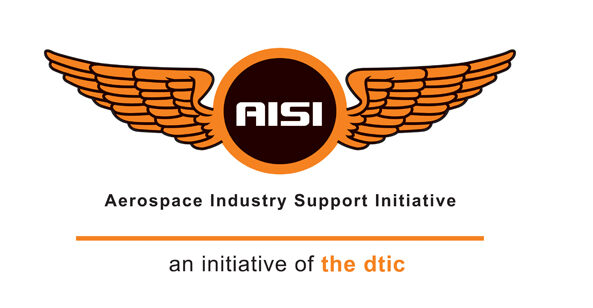
An Airbus A380 aircraft is seen in the paint shop at the Airbus facility in Finkenwerder near Hamburg. South African researchers are developing the world’s largest machine for producing aircraft parts. Image: REUTERS
South African researchers developing the world’s largest machine for producing aircraft parts using lasers to melt powdered titanium are in talks with Airbus and Boeing, with the first commercial application expected in 2019.
Officially launched in 2011 and backed by government, the Aeroswift research project last year produced its first three demonstrator parts – a pilot’s throttle lever, a condition lever grip which is part of the throttle assembly, and a fuel tank pylon bracket, in a digital process known as 3D printing, or additive layer manufacturing.
Increasingly adopted by the automotive, aerospace and military industries as a cheaper way of making complex parts, the new manufacturing process could save millions of dollars on fuel and production costs as aircraft makers replace alumimum bodies with lighter materials such as titanium alloys.
“How best to commercialise the process is a discussion we are currently having with the Aeroswift partners and relevant government agencies,” said Simon Ward, Airbus’s vice president for international cooperation in Toulouse.
Ward said Airbus was in talks with Aeroswift and the South African government to ensure the project was commercially successful and created jobs in South Africa, where unemployment runs above 25 percent.
Airbus, which already sources parts for its A400M military transport aircraft from South Africa, has been offering Aeroswift support in terms of consulting, benchmark information and advice on what type of aircraft components to focus on, Ward said.
South Africa’s Council for Scientific and Industrial Research (CSIR), in partnership with local aerospace firm Aerosud Innovation Centre, say access to vast titanium reserves as well as pioneering the world’s largest titanium powder-based 3D printing machine should give them a competitive edge.
South Africa ranks fourth in world titanium reserves, behind leader China, Australia and India, according to the U.S. Geological Survey.
“Our machine is unique and the only one in the world,” said Hardus Greyling, Aeroswift’s contract coordinator who works at the CSIR’s laser centre.
“We have developed new technologies and patents which allows us to upscale the additive process to go significantly faster and significantly larger than other systems.”
During proof of concept trials, the machine achieved production speeds up to 10 times faster than currently available commercial laser melting machines, he said.
Its production chamber’s volume measures up to 2 metres by 600 millimeters by 600 mm – about four times larger than the biggest commercial machines currently available, which operate at dimensions of 600 mm by 500 mm by 400 mm, said Greyling.
Terry Wohlers, president of U.S.-based industry consultancy Wohlers Associates, said after initial doubts his optimism for the project was rekindled when learning that the first parts demonstrated would be in test flights this year.
“It looks like the people at Aerosud and CSIR are on track and making very good progress toward carving out a slice of what is set to become a 3D printing market valued at tens of billions of dollars,” he told Reuters.
South Africa has a long established defence and aerospace industry centred on state-owned group Denel SOC and also exports various components including antennae and seat frames for use in commercial jets.
